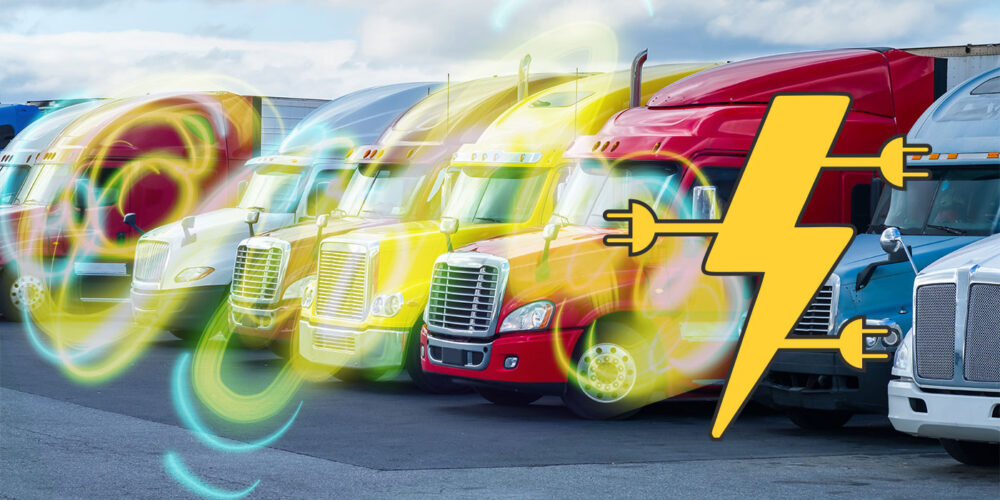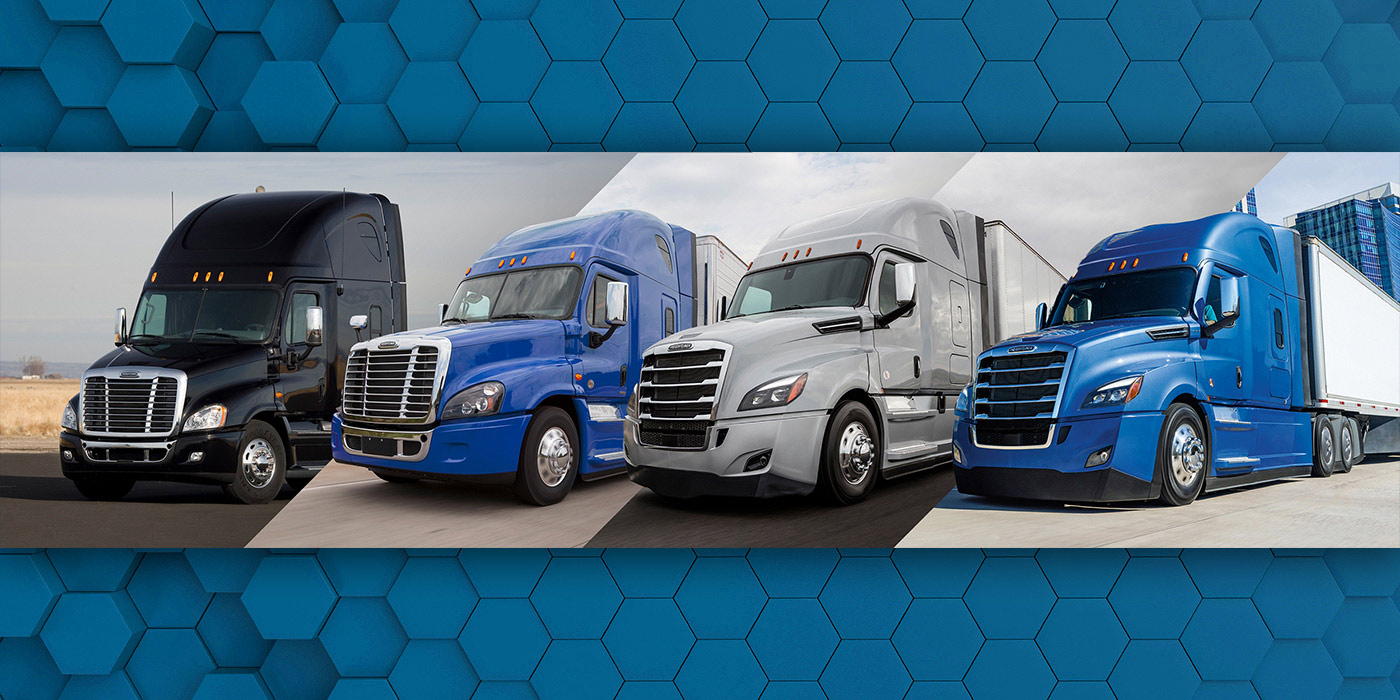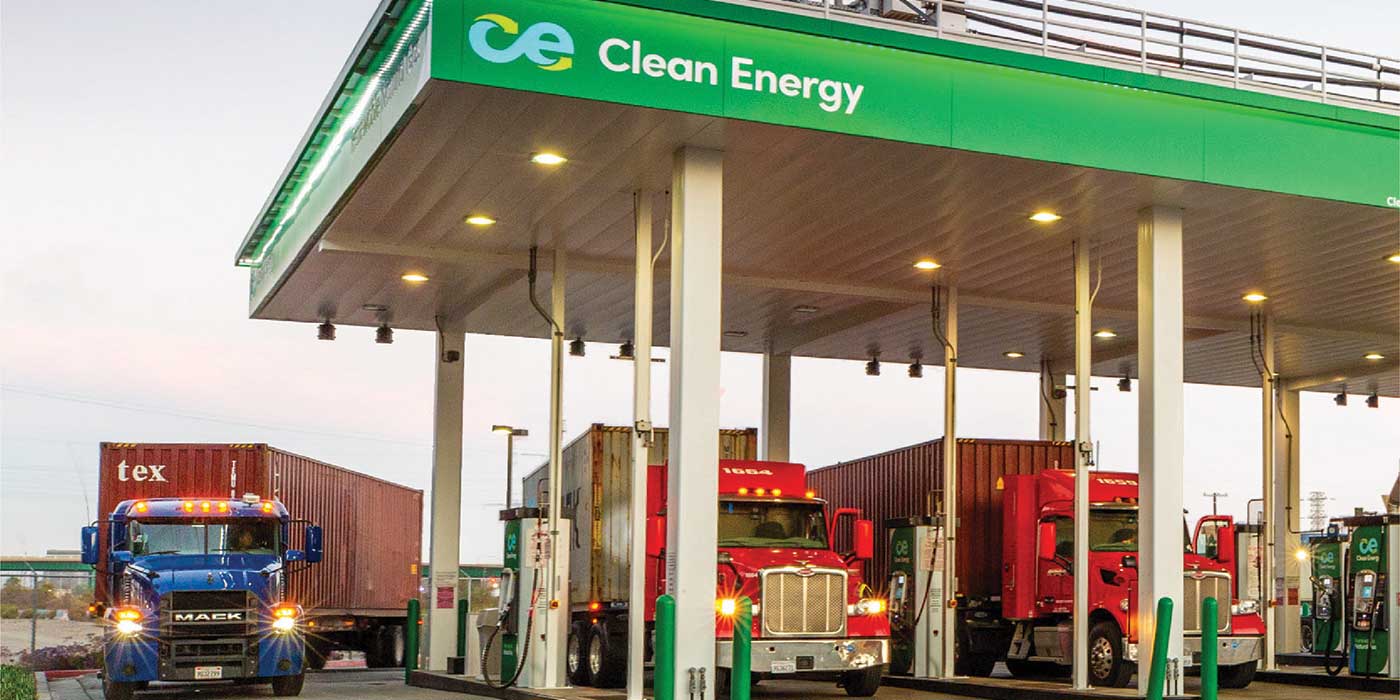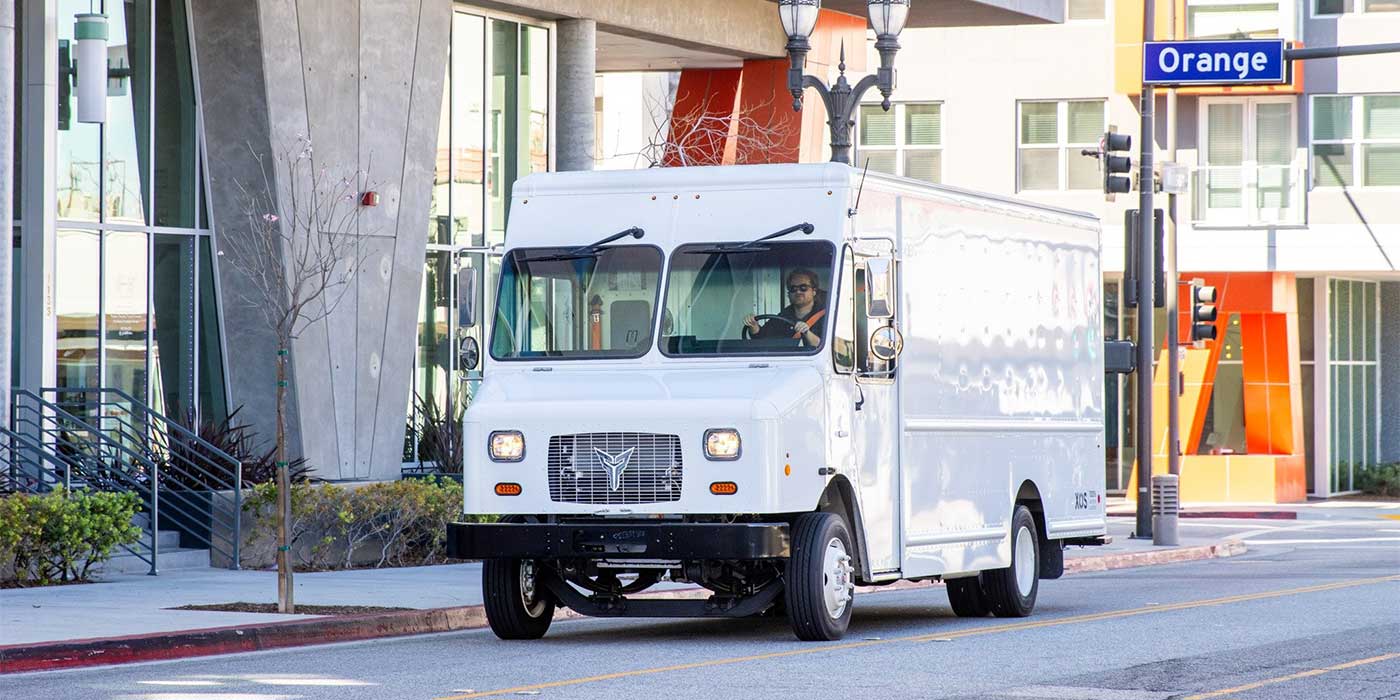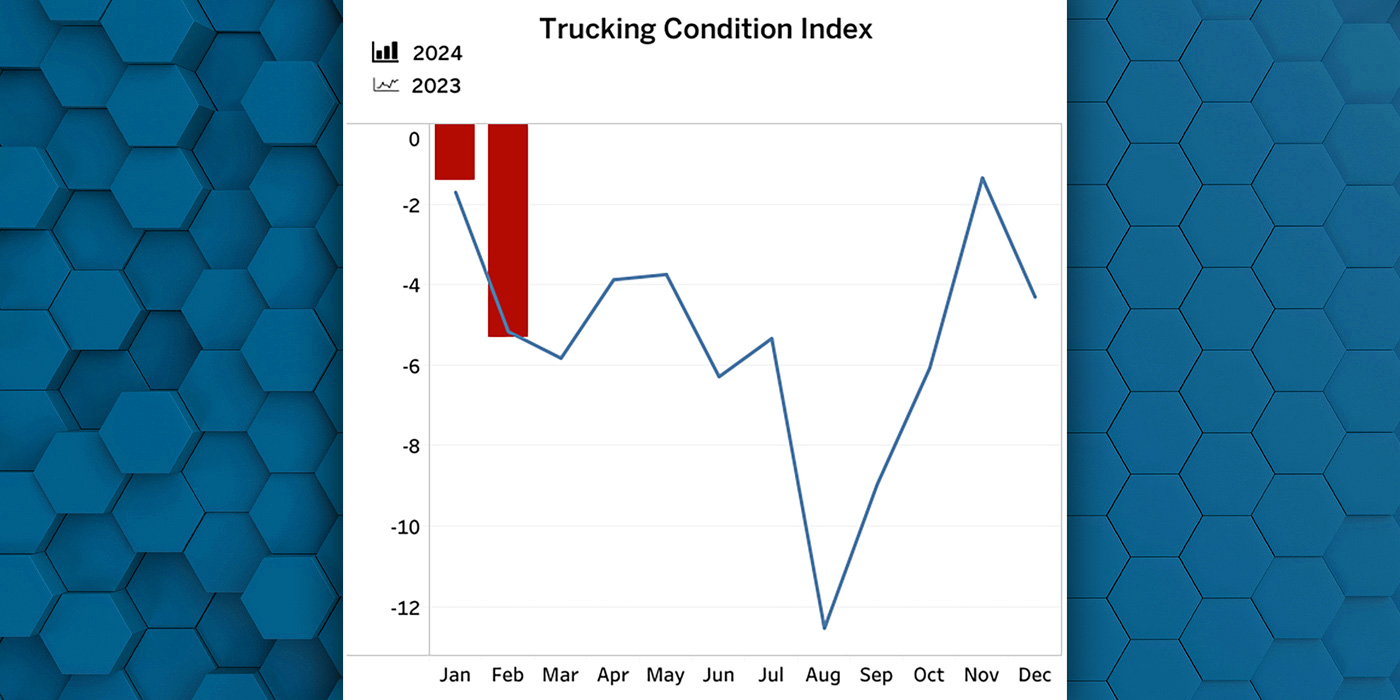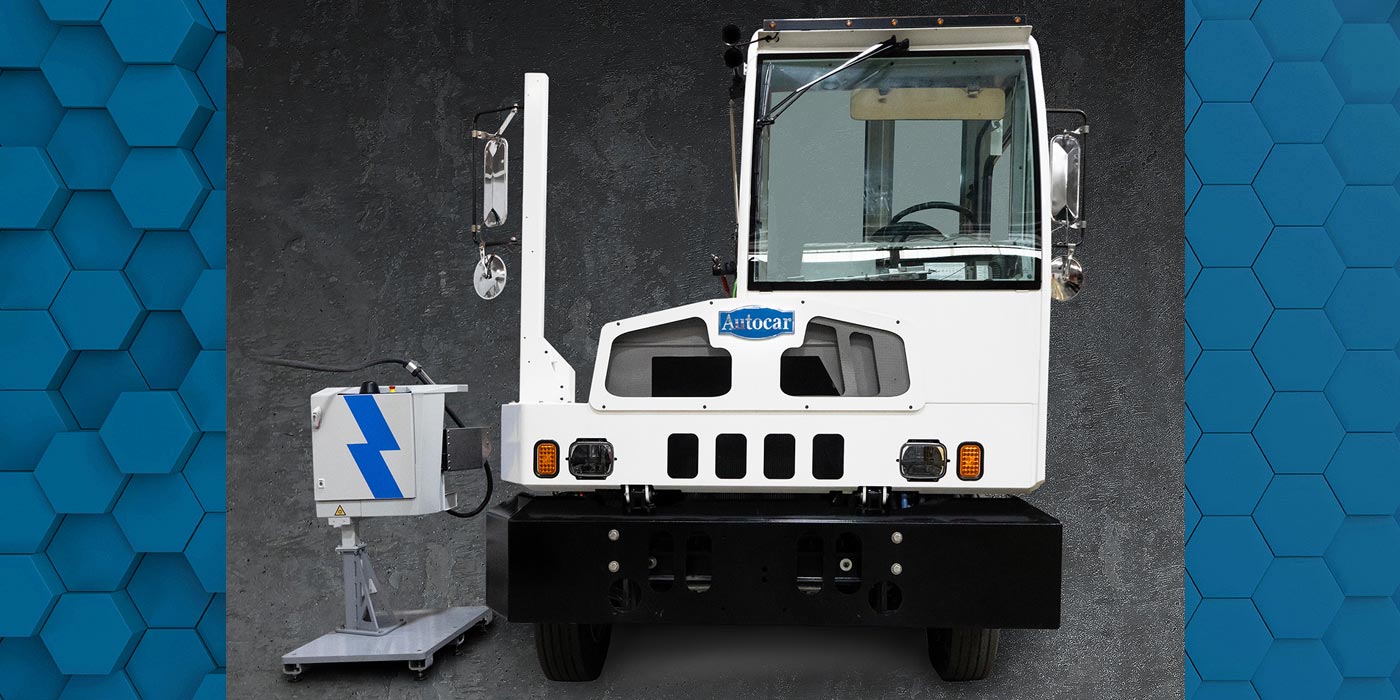You know the benefits of electric vehicles (EVs), but electrifying an entire vehicle fleet can feel daunting. The pestering thought, “Where do I even start?” can delay getting started. A conceptual design will be a good place to start.
Working with an eMobility partner to develop a conceptual design guides you in reviewing your unique situation. It helps lay out a tentative plan that uncovers how electrifying your fleet will impact your budget and operations before making any decisions. It consists of three basic steps.
1) Gathering data
First, think through your goals and begin to gather data. It’s important to understand the full spectrum of considerations to help address your needs as they relate to budget, space and timeline.
The data your EV charging partner will require include:
- Site layout and space constraints/strengths
- Electrical availability and accessibility
- Potential options for incorporating a renewable energy microgrid
- 12 months of electrical usage with 15-minute interval data (available from your utility provider)
This data will allow your eMobility partner to create a tentative plan so you can make an informed decision about any potential project.
2) Creating a tentative plan
The creation of a tentative plan may consist of a team of project managers, electrical engineers, electricians and other energy experts.
Together with you, they will review your data and discuss ways you can realistically meet your goals. You can talk through what an EV fleet and potential microgrid would look like within your space, what your electrical availability is, and how the transition may impact current projects or workflow. As you work through the planning process, they should help you consider alternative options like a phased approach that can optimize real-life results or opportunities to save money down the road through a design that anticipates future growth.
3) Developing a conceptual design
Once you have a tentative plan, the next step will be a conceptual design that includes cost, schedule and timeline. Things that should be included in your conceptual design are:
- Preliminary site layout/blueprint;
- Rough cost estimate based on initial assumptions from your design that gives you budget information within plus or minus 30%;
- Estimated project schedule and timeline;
- Information on financing options and details regarding government grants and incentives.
These steps provide you with the knowledge you need to understand how electrifying your fleet will impact your budget and operations. From there, it’s time to make a choice about adding electric vehicles and the charging infrastructure required for successful integration.

